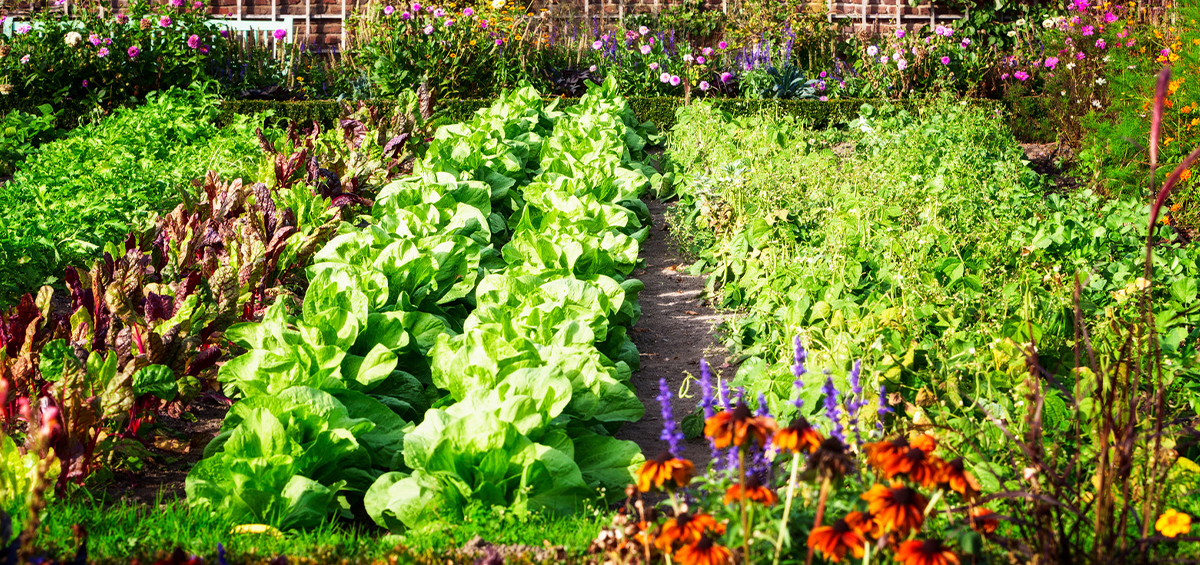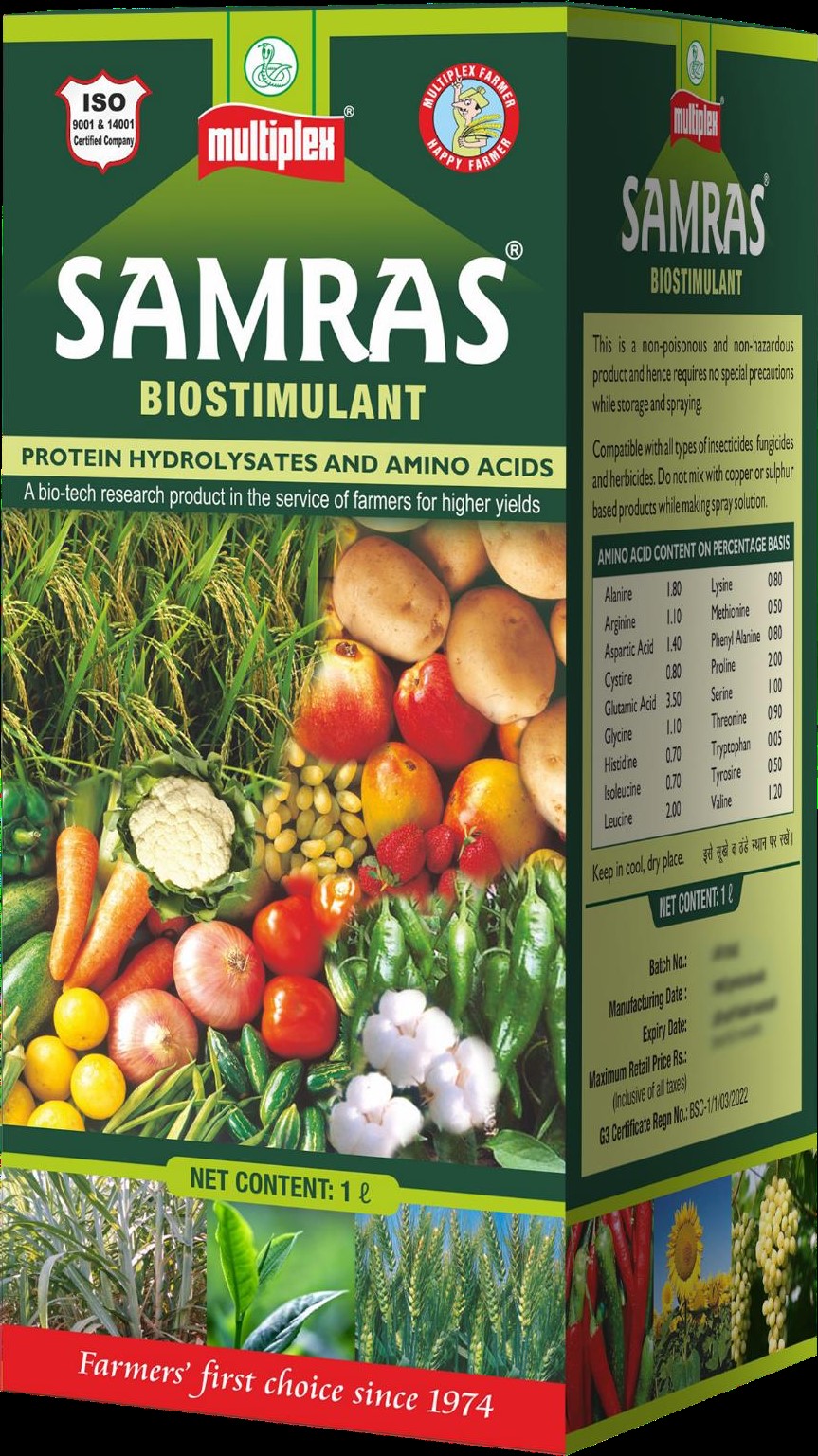Amino acids are the building blocks of peptides and proteins. Each amino acid has a central carbon atom, called the α-carbon, to which an amino group and a carboxyl group are attached.

Given the escalating population and the concomitant demand for food, innovative agricultural practices are essential. One promising avenue is the utilization of amino acids. These organic compounds, crucial for plant growth and development, can significantly boost crop yield and quality.
By influencing various physiological processes, amino acids can mitigate the adverse effects of environmental stressors like drought, salinity, and extreme temperatures. They can also enhance nutrient uptake and improve overall plant health.
In today's world of intensive agriculture, where land resources and environmental pressures are increasing, it is essential to develop sustainable and efficient practices. Amino acid chelation offers a promising solution for improving plant health and productivity while minimizing the negative impacts of conventional agricultural methods.
| Sl. No. | Amino Acid | Molecular Formula | Coded Names | Functions | Special Features |
|---|---|---|---|---|---|
| All Free Amino Acids | Protein Synthesis | ||||
| 1 | Alanine | C3H7NO2 | ALA | Improves Root Development; Increases chlorophyll production; Precursor of certain antibiotics in some species | Structural Protein |
| 2 | Arginine | C6H14N4O2 | ARG | Nitrogen storage, transport and recycling; Polyamine synthesis | Structural Protein |
| 3 | Asparagine | C4H8N2O3 | ASN | Nitrogen storage, transport and recycling | Storage Protein |
| 4 | Aspartic acid | C4H7NO4 | ASP | Nitrogen assimilation; Biosynthesis of other amino acids and DNA & RNA | Signalling Molecule |
| 5 | Cysteine | C3H7NO2S | CYS | Signalling; Sulphur fixation | Defence Protein |
| 6 | Glutamic Acid | C5H9NO4 | GLU | Plant heat and stress tolerance; Chlorophyll Synthesis | Signalling molecule |
| 7 | Glutamine | C5H10N2O3 | GLN | Nitrogen Assimilation, Protein Synthesis | Storage Protein |
| 8 | Glycine | C2H5NO2 | GLY | Chelating Action; Improves Flowering and Fertilization process | Structural Protein |
| 9 | Histidine | C6H9N3O2 | HIS | Metal Ion Coordination; Salt stress tolerance; Acid Base Catalysis | Enzymes |
| 10 | Isoleucine | C6H13NO2 | ILE | Plant defense, Protein synthesis | |
| 11 | Leucine | C6H13NO2 | LEU | Maintains heat stress and copper toxicity; Alkaloid metabolism | Signalling Molecule |
| 12 | Lysine | C6H14N2O2 | LYS | Improves nutrition quality; Regulates plant growth; Alkaloid metabolism | Defence Protein |
| 13 | Methionine | C5H11NO2S | MET | Precursor of Ethylene and Polyamines; Fruit ripening and Colour obtainment | Structural Protein |
| 14 | Phenylalanine | C9H11NO2 | PHE | Production of salicylic acid; Disease and Stress Prevention; Alkaloid metabolism | Signalling Molecule |
| 15 | Proline | C5H9NO2 | PRO | Stress Tolerance and Recovery; Cell wall synthesis; Osmotic Balance; Metal Chelation | Structural Protein |
| 16 | Serine | C3H7NO3 | SER | Cell proliferation | Enzyme |
| 17 | Threonine | C4H9NO3 | THR | Chemical defense, Insect defense | Structural Protein |
| 18 | Tryptophan | C11H12N2O2 | TRP | Precursor of auxins and phytoalexins; Activation of plant defense routes (Animal attack, Mechanical damage, Drought) | Signalling Molecule |
| 19 | Tyrosine | C9H11NO3 | TYR | Precursor of plant defense mechanism; Alkaloid metabloism | Structural Protein |
| 20 | Valine | C5H11NO2 | VAL | Improves fruit quality; Promotes nutrient accumulation | Structural Protein |
By understanding the beneficial aspect of amino acids and its chelating abilities, Multiplex Group of Companies have come up with a product named “SAMRAS,” a cereals protein hydrolysate, which is very beneficial to the farmer community, as it contains the mixtures of 18 naturally occurring amino acids which are extracted from plant sources only.
It is advised to be used with all the crops, by dissolving 2 to 3 ml of Multiplex Samras in one litre of water and spraying on both surfaces of the leaves. We recommend two to three sprays, starting from flower initiation, at an interval of 15 to 20 days. Multiplex Samras can be given through drip irrigation at the rate of one litre per acre.
